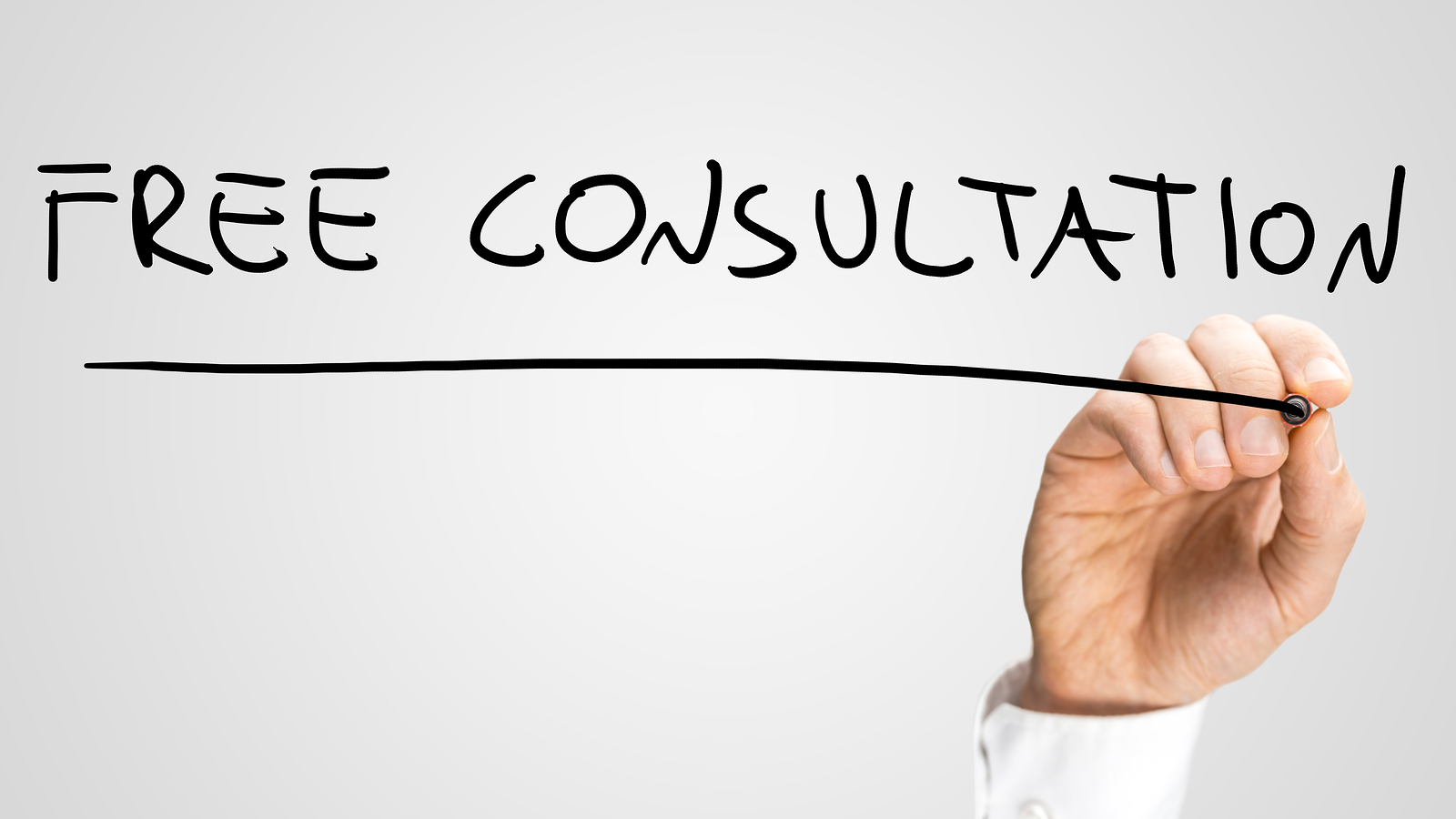Optimizing Power Consumption and Response Time in Capacitive Devices
Striking a balance between power consumption and response time in capacitive screens is not easy. Response time is defined as the time taken by the system to return a valid output after you have entered a corresponding input. Here is what happens. The embedded engineer optimizes the system for power consumption. This causes the response time to go up. When the response time is lowered, the power consumption increases. There is one way to optimize both power consumption and response time- varying the refresh rate.
To optimize response time, the capacitive sensing controller must scan the sensors at a fast rate. This reduces the refresh rate. Let’s call this the quick scan mode. Power consumption can be optimized by scanning the sensors at a slow rate. This is the slow scan mode. To balance power consumption and response time, the scan modes must be switched dynamically.
When the user interface is idle (as it is when the user does not touch the screen), the capacitive sensing controller will go to sleep (or enter slow scan mode), optimizing the power consumption. When the user touches a button, the capacitive sensor controller wakes up and goes into quick scan mode. Embedded developers can achieve this by ganging the sensors.

